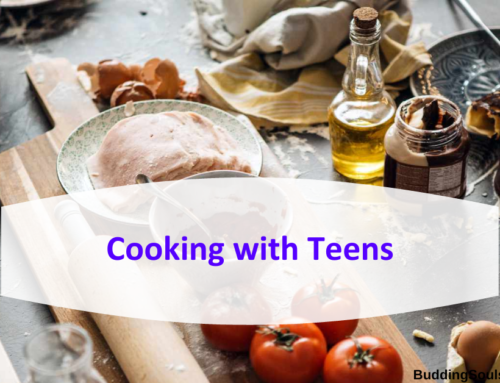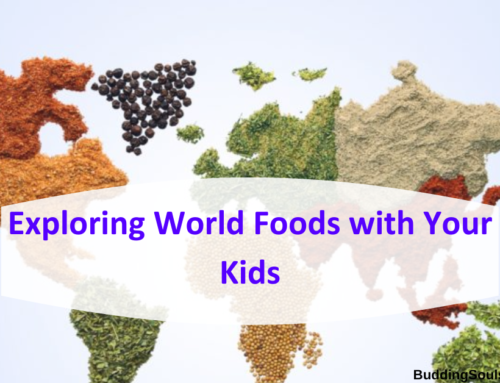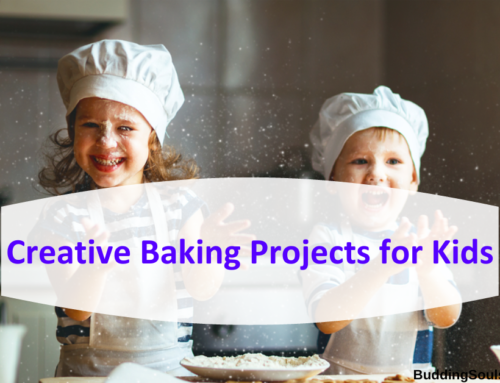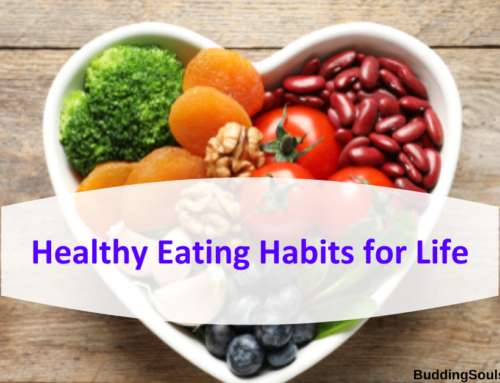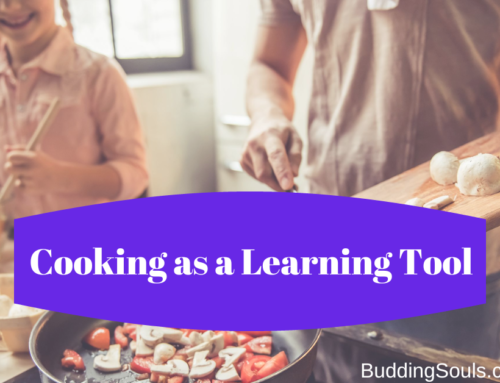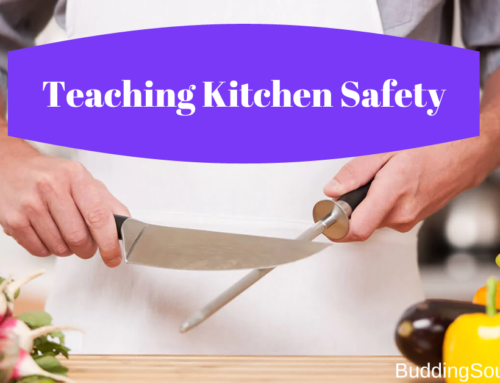The Science of Cooking: Fun Experiments and Lessons for Young Chefs
Cooking is not just an art; it’s also a science! Whether you’re whipping up a batch of cookies or sautéing vegetables, there’s a fascinating world of chemistry and physics happening in your kitchen. What better way to introduce kids to the wonders of science than through the joy of cooking? In this blog post, we’ll explore the science of cooking and provide fun experiments and lessons for young chefs.
Cooking and Science: A Perfect Pair
Cooking involves a myriad of scientific principles, from the way heat transforms ingredients to the chemical reactions that create delicious flavors. Here are some key scientific concepts that young chefs can discover while cooking:
1. Heat Transfer
Cooking relies heavily on heat transfer. Young chefs can learn about conduction, convection, and radiation by observing how heat moves from a hot stovetop to a cold pot or from an oven to their baked goods.
2. Chemical Reactions
Baking soda and vinegar volcanoes are classic science experiments, but cooking is full of chemical reactions too! For example, yeast produces carbon dioxide, causing bread to rise, and caramelization occurs when sugar molecules break down and create new flavors.
3. Emulsions
Young chefs can explore emulsions by making salad dressings. Emulsions occur when two liquids that don’t naturally mix, like oil and vinegar, are combined. By understanding this process, kids can create stable dressings and sauces.
4. Molecular Gastronomy
For older kids with a budding interest in chemistry, molecular gastronomy experiments can be fascinating. They can create edible foams, gels, and spheres using techniques like spherification and foaming.
Fun Experiments and Lessons
Now that we’ve highlighted the science behind cooking, let’s dive into some exciting experiments and lessons for young chefs:
1. Baking Soda Volcano
Create a classic volcanic eruption using baking soda and vinegar. Discuss the chemical reaction that produces fizzing bubbles and how it relates to leavening in baking.
2. The Egg Float Test
Explain the science of density by having kids guess whether an egg will float or sink in water. They’ll learn how fresh eggs are denser and sink, while older eggs float due to air pockets forming inside.
3. Melting Chocolate
Teach kids about melting points by melting chocolate. Discuss why chocolate goes from a solid to a liquid state when heated and how it solidifies again when cooled.
4. Making Butter
Have kids make butter from heavy cream. Shake the cream vigorously in a jar until it separates into butter and buttermilk, demonstrating the concept of emulsification.
5. Yeast Experiment
Show how yeast produces carbon dioxide by mixing yeast, sugar, and warm water in a bottle with a balloon on top. As the yeast ferments, the balloon inflates.
6. Ice Cream in a Bag
Make homemade ice cream in a bag, demonstrating the principles of freezing point depression. Discuss how adding salt to ice lowers its temperature, allowing the cream mixture to freeze.
7. Food Coloring in Water
Explore the concept of diffusion by placing a drop of food coloring in a glass of water. Observe how the color spreads throughout the water over time.
Cooking and Learning
Integrating science into cooking not only makes learning fun but also helps kids develop essential skills like problem-solving, critical thinking, and creativity. As young chefs experiment and discover the science behind their favorite recipes, they’ll gain a deeper appreciation for the culinary arts and the world of science that surrounds them. So, don those aprons, gather your ingredients, and embark on a delicious journey of discovery in your very own kitchen!
